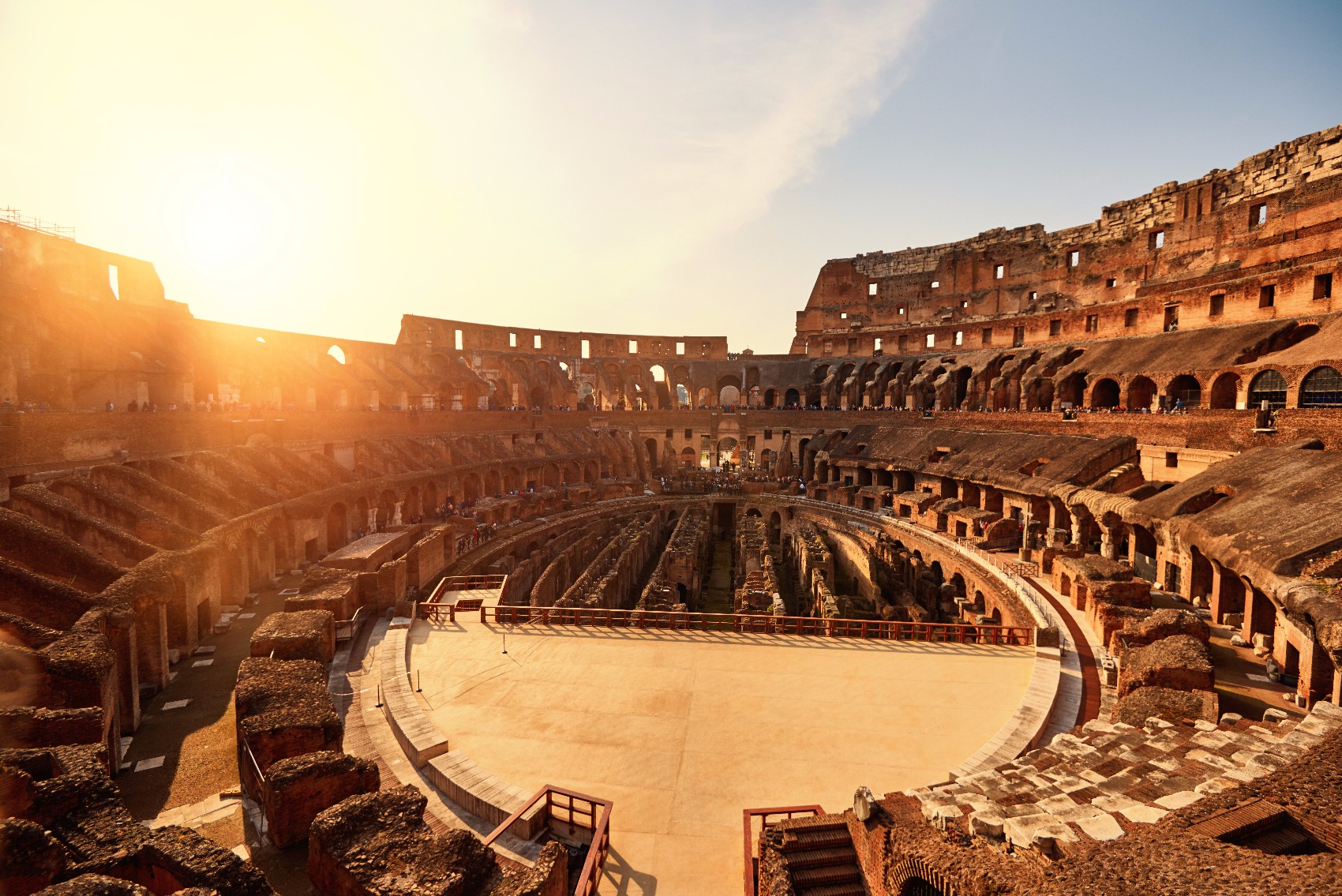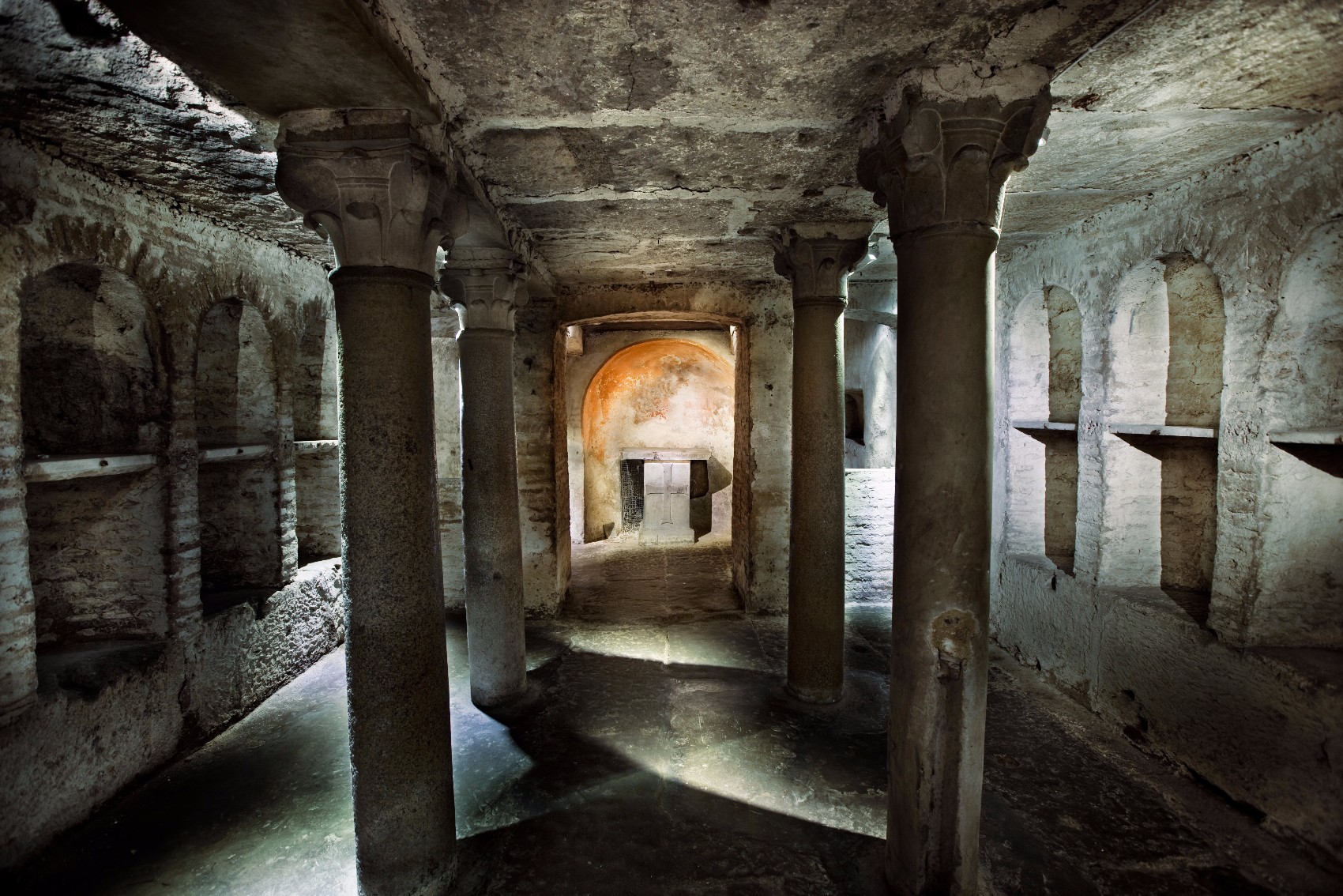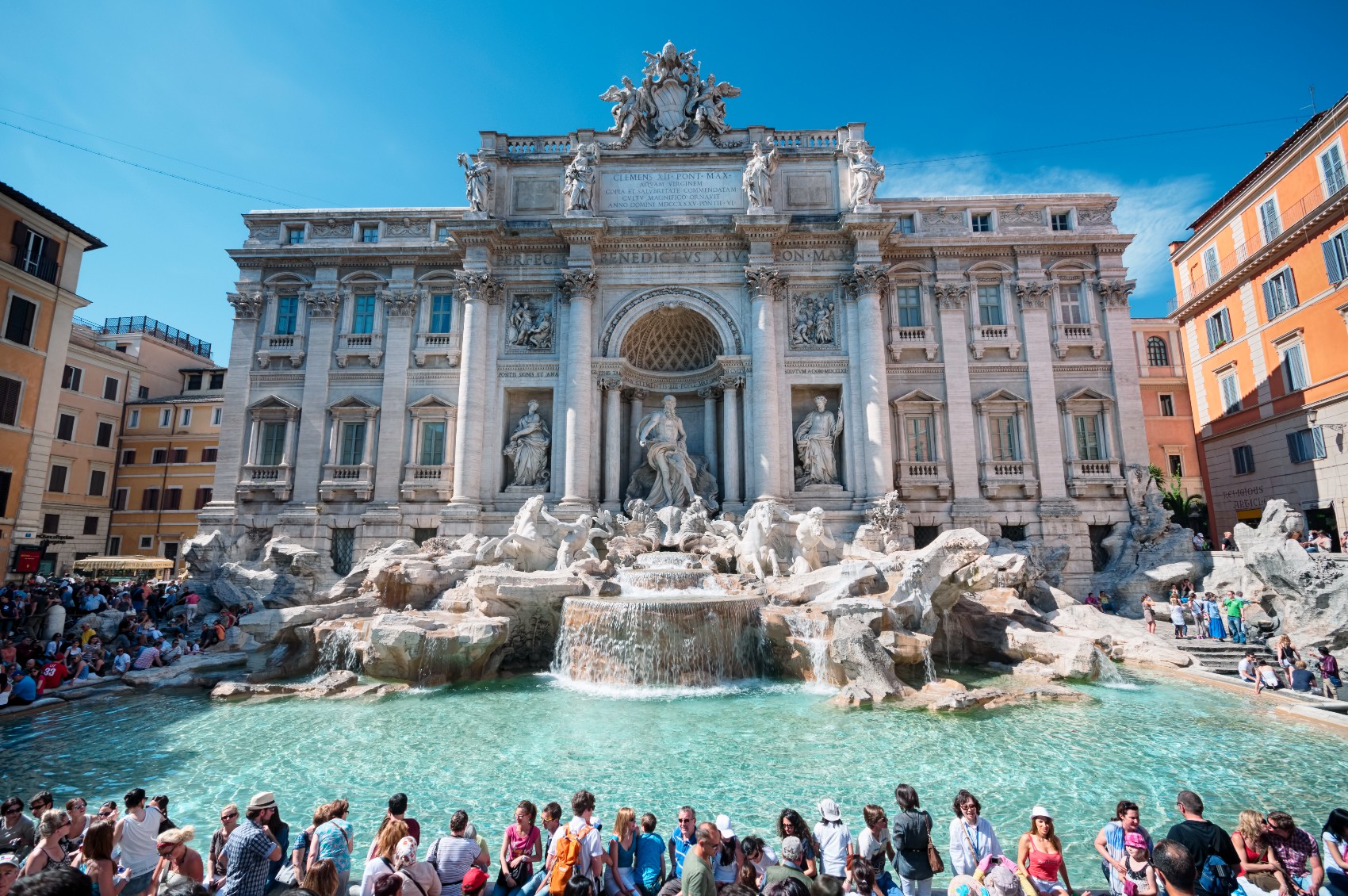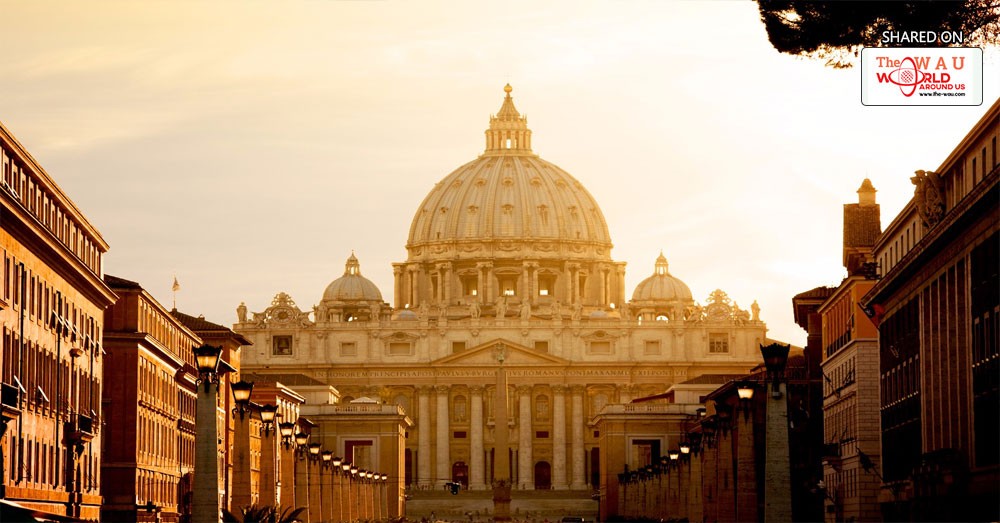You’ve seen the Colosseum, thrown a few silvers in the Trevi and sat on the Spanish Steps. You’ve got your Rome knowledge down pat, right? Not quite. From the secret passages to the questionable hair-dyeing techniques. These 7 historical facts about Italy’s Eternal City will blow your well-travelled mind.
1. People lived in the Colosseum in the Middle Ages

Following the fall of the Roman Empire, the Colosseum was used as a castle, cemetery and even as a housing complex in the Middle Ages. Renting the space from friars of a nearby convent, the occupants built stone walls in some areas to divide the spaces. While the center of the Colosseum served as a courtyard-like communal space. The complex – which also boasted stables, workshops and sewage pipes crafted from terra cotta – was quite the set-up. But after an earthquake in 1349, the ancient ruins were abandoned in favour of safer structures to call home. The Colosseum later fell into disrepute until restoration efforts began in the late 1900’s. Head to our website for more on this epic, legendary landmark and to grab your Colosseum tickets.
2. Just outside the city’s traditional walls runs underground tunnels filled with skulls and bones

Some of the oldest burial tunnels in the world, Rome’s catacombs are today still tinged with mystery. Located just outside the city walls, the catacombs plunge seven stories below ground level, and date as far back as the first century. First built by the Jewish community, and later by Christians, the passages were adopted to comply with Rome’s strict interment laws. For fear of spreading disease, Roman authorities prohibited any burials within the city limits. Encouraging the popular pagan custom of cremation instead. With hundreds of thousands of remains now lying beneath the city, it seems religious groups weren’t swayed.
3. A man got arrested for fishing money out of the Trevi Fountain for decades

Around €3000 in coins is thrown into the world’s most iconic water fountain each day, though even fifty years ago, there was money to be made off the hopes and dreams of travellers. Just ask Roberto Cecelletta, who was arrested in 2002 after 34 years collecting loose change from the fountain using a child’s fishing net and a rake. According to reports, Cecelletta worked six days a week in the early morning, and would sometimes take in as much as €850 a day. Nowadays, funds are collected every evening by city workers and donated to charity.
4. Rome didn’t become part of Italy until 1870
In the late 19th century, wars between independent Rome and Italy had been ongoing for decades, with the Eternal City clinging fiercely onto its independence. By 1870, the jig was well and truly up. On October 2nd, under siege by the Italian army, Rome was formally annexed into the Kingdom of Italy. For bitter Romans, there was one plus side; the city was pronounced the new capital city of Italy, taking the title from Florence.
5. Hair colouring in ancient Rome was a far cry from modern standards
Both redheads and blondes had more fun in ancient Rome! Women used goat fat and beech wood ashes to transform their tresses into these popular hues.
6. The secret passage leading out of the Vatican actually exists

Mentioned in Dan Brown’s novel, Angels and Demons. The Passetto di Borgo exists in real life as well as in fiction. Leading from Vatican City to Castel Sant’ Angelo, the 800-metre long corridor was first built in 1277 and has been a handy escape route for Popes in danger twice over the years.
7. Gladiators had tough competition (and not just from each other)
Considering the amount of Hollywood films featuring sword-brandishing hunks and a thumbs-up, thumbs-down emperor, it’s easy to assume Gladiatorial fighting was the most popular public show in Roman times. However, seat capacity tells a different story. Yes, the arena for gladiatorial combat, the Colosseum – then known as the Flavian amphitheatre – was huge, but the Circus Maximus (home to chariot racing) was even bigger. Modern archaeologists estimate that the Colosseum could accommodate 50,000 fans in its arena. Whilst some 250,000 could watch chariot racing at Circus Maximus.
You Must Know : List of Ellen Adarna’s Former Lovers, Rumored Boyfriends Before John Lloyd Cruz
Share This Post












